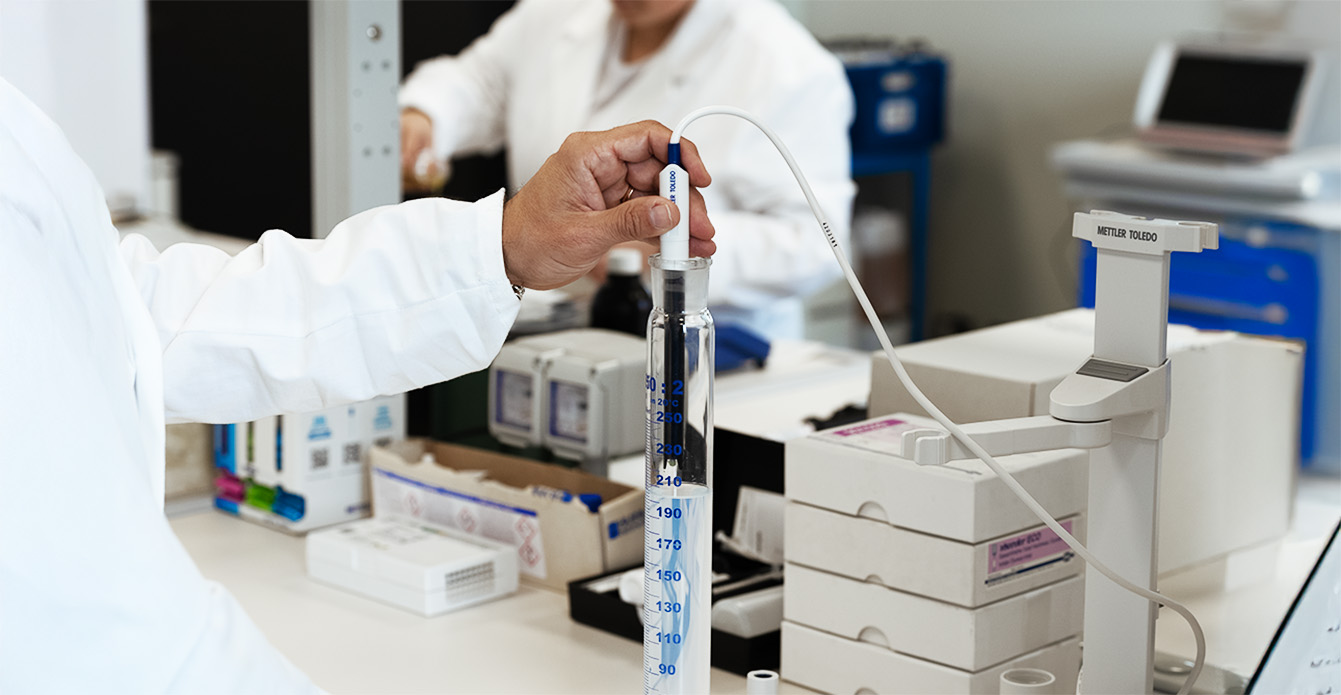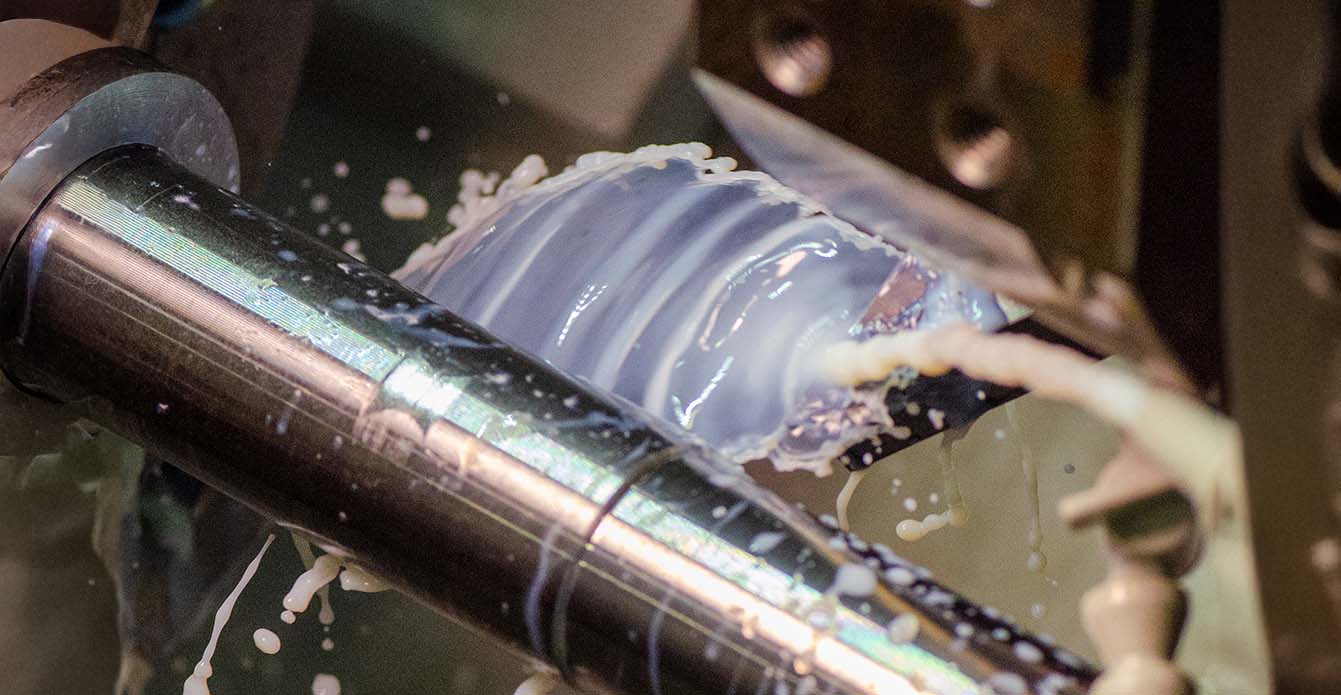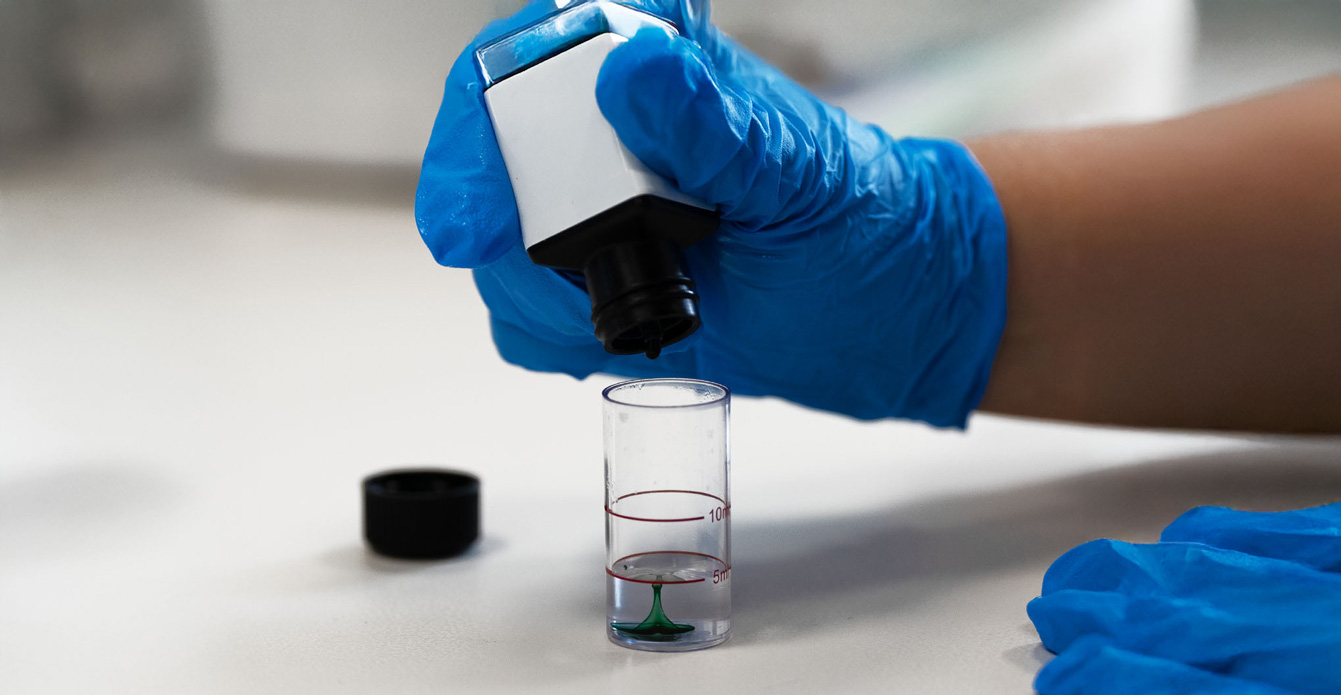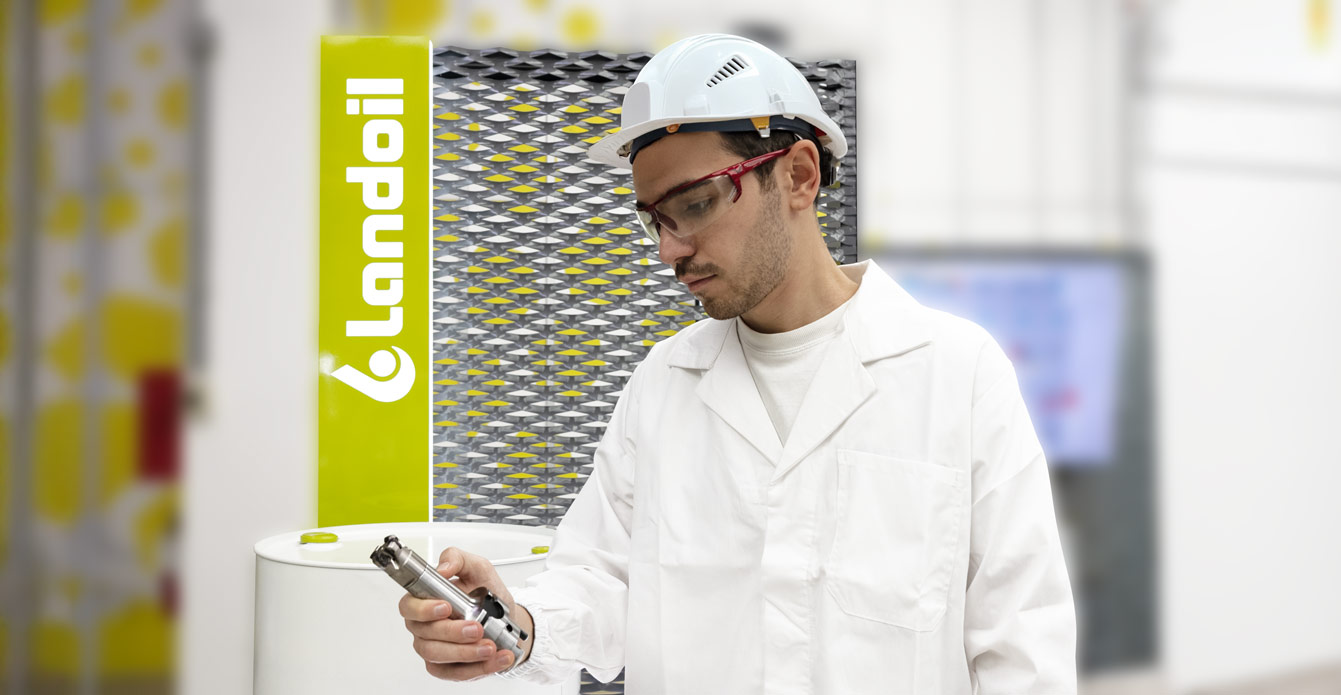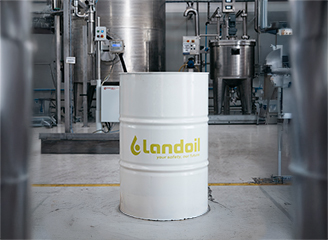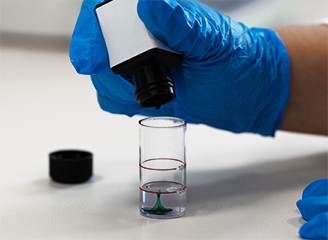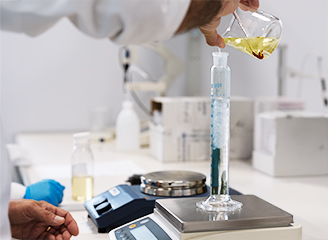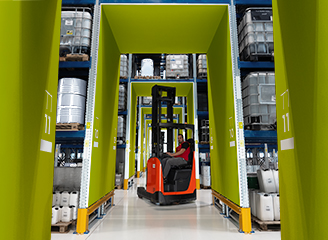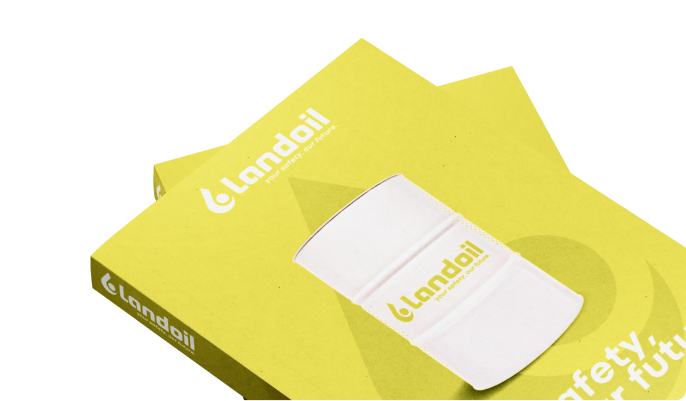In the formulation of cooling lubricants, the balance of components gives each product specific technical characteristics which affect the behaviour of emulsions in operation. For this it is good to take into account some fundamental factors.
Lubricity power EP of cooling lubricant
The first variable to correctly choose a cooling lubricant fluid is its ability to provide lubricity to the machining process. High lubricity and extreme pressure (EP) power are required for very heavy-duty work and/or particularly tough materials. A cooling lubricant with high EP power protects tools from wear and delays the refining of tools: It is to be chosen in all cases where heavy work is carried out or on tough materials that place a lot of stress on the tool. On the other hand, high EP power can hinder the ability of a fluid to quickly decant the waste produced by the machining process: during the finishing processes k or where the materials allow the same, it is preferable to use cooling lubricants where the lubricity level is lower and the cooling aspect prevails.
Cooling and detergency of cooling lubricant
Cooling is, in a sense, the opposite of lubricity. If, in fact, the lubricity and EP power are the capacities of a cooling lubricant to remain adhered to the metal during machining, cooling is its ability to dissipate heat faster and detergency its ability to quickly be removed from the surfaces. A cooling lubricant with high cooling and detergency power keeps the machine clean and removes chips effectively from the work area. When machining produces a light or very small chip, such as during grinding or high feed milling operations, semi-synthetic products are recommended, which have the characteristic of rapidly evacuating the metal chip and preventing it from remaining between the workpiece and the tool, which could affect the finish.
Water compatibility of cooling lubricant
The emulsion consists of about 90% water and in each territory the physical chemical parameters of the water vary: different contents of calcium, magnesium, sulphates, chlorides, carbonates and other ions change the conductivity and hardness of the water. A high content of certain salts may interfere and, in some cases, damage the surfactant system of the cooling lubricant. Thanks to the new generation of surfactant systems, Landoil cooling lubricants perform well even with very hard water (>50°f) where they maintain their stability or with very soft water (<10°f) with excellent prevention of foaming. There are industrial applications (such as some yellow alloy processing equipment) where water needs to be particularly monitored and therefore treatment plants such as softeners and reverse osmosis are used. In some cases, distillers are used. These plants remove the salts present in the water and make it also usable with so-called biodynamic, amine-free products. This particular type of product, which has some interesting applications such as, for instance for yellow alloys, is much more sensitive to hardness and soft water is therefore the preferable choice.
Anti-corrosion protective capacity of cooling lubricant
It is essential that all cooling lubricants prevent the oxidation of ferrous metals which, in a humid environment, tend to oxidise. A product with high protective power prevents the onset of rust on machined parts and machine tool chucks, making for optimum storage of the finished product.
Bacterial resistance
All industrial products must have high resistance to bacterial attacks. Metalworking emulsions must “resist” contamination due to dirt in the environment or on the workpieces to be processed. A high bacterial resistance of the cooling fluid allows the emulsion to have a long useful life and generate a healthy working environment. Nowadays, it is not always necessary to use bactericides and fungicides to formulate a product that ensures high biological resistance: the latest generation Landoil products use a balance of components that make the emulsion an inhospitable place for bacterial growth where, therefore, the microorganisms responsible for bad odours and fluid degradation cannot grow. As long as the correct percentages of product are maintained in the machine.
